
Developer: Square Enix
Publisher: Square Enix
Platform: Switch, PS4
Tested on: Switch
Legend of Mana – Review
Fans of Square Enix’ older games are in for another treat. Slowly but surely, the publisher has been revisiting classic titles in their library in order to bring remastered versions to modern consoles. Just a few months ago, the SaGa franchise got some love and now it’s the Mana series’ turn, with a remaster of Legend of Mana. While we’re still holding our breath for a completely new entry in this series, we’re happy to see Legend of Mana finally make its official debut in Europe, twenty years after it was released in Japan and the US. We’re taking a look at the game to see whether it stood the test of time and to see if Europe’s patience was warranted.
Story
Legend of Mana offers up not just one, but several distinct storylines, with the series’ iconic Mana Tree at the center of each narrative. Nine centuries prior to the events in Legend of Mana, the Tree burned down. It has been slowly regrowing, however, and this is where our nameless protagonist comes in, as they are tasked with regrowing the world of Fa’Diel through the magic of the Tree. Along the way, however, they’ll run into a cast of characters, including series mainstays like Niccolo and Lil’ Cactus, as well as a variety of smaller stories. These stories can be taken at face value as they all work as standalone mini-narratives, but most of them also tie into one of the three major story arcs.
Without delving too deep into spoiler territory, the major arcs comprise the story of Elazul, who is tasked to protect the Jumi Guardian Pearl from famous jewel thief Sandra, the story of Larc and Sierra, a pair of sibling dragons who find themselves on opposing sides of the dragon war and finally, a conflict between humans and faeries which causes a rift in the relationship between a group of childhood friends. All three of these arcs will eventually lead into the game’s final story. You can make it to the ending of the game while only focusing on a single main arc, though you decide your own path in a non-linear way. As such, you can play through all three arcs before embarking on your final quest should you wish to do so. Of note is that the protagonist is nameless and devoid of personality. Having them as a blank slate is a deliberate choice, as the intention is for the player to project their own personality onto their hero.
Graphics
Let’s not beat around the bush: from a visual point of view, Legend of Mana is a mish-mash. Sprites are accurate representations of those used in the original version of the game, but they are placed against hand-drawn backgrounds, and characters in dialogue scenes and chapter ending screens make use of concept art, which utilizes yet another art style. These stylistic inconsistencies make for a game that is hard to define based on aesthetics, though the separate elements mesh better together than expected. Still, we would’ve loved it had Square Enix chosen a single visual style and stuck with it. It’s especially jarring to see character sprites not even remotely resembling the art used in the dialogue scenes.
Sound
With the same stock sound effects as two decades ago and no voice acting present, Legend of Mana puts all of its eggs in one basket when it comes to the soundscape: Yoko Shimomura’s rearranged version of the original soundtrack. While it doesn’t quite reach the same level of quality as Kenji Ito’s tunes that made the first game in the series so memorable, what we’re getting here is still very good. The music has also been rearranged for this remaster, with the option to listen to the originals also present, although admittedly, we couldn’t hear a dramatic difference between the two versions.
Gameplay
Although Legend of Mana is a spinoff of Square Enix’ Mana series, the game comes pretty close to the essence of the core games, more so than any of the other spinoff titles. The gameplay is built around dungeon-like areas and cities, each of which offers up a self-contained quest that ties into one of the three major storylines. Players take on the role of the unnamed protagonist as they take on these dungeons in non-linear order, and upon completion, the reward typically includes a new area so that you can progress on to a new chapter in the story. With over 60 of these, you’re looking at a game that is going to eat up a huge chunk of your time, but we’re happy to say that it is time well spent, for the most part at least.
Legend of Mana’s standout feature is that players are able to shape the world around them. In practice, this sounds a lot more impressive than it is, though we can imagine it must’ve been quite the technical feat back when the game originally debuted. At the start of the game, you select a large empty slab of land from a massive world map. The selected area will become your version of Fa’Diel, the game’s overworld. Once you’ve marked this area, you are given an Artefact: the Mailbox. Placing this Artefact on the map will open up your first location: your very own home, where you’ll also have your Monster corral. As you continue to play through the game, you’ll gather up more Artefacts, each of which unlocks a new location. You’re supposed to place these on your map of Fa’Diel, and in this way, you’re creating the world. However, since each location is self-contained and doesn’t change depending on where you place it, the impact of you “shaping” the world is only a minor aspect. Admittedly, the position of Artefacts does affect the stats of Monsters depending on how they are placed in relation to your home, meaning you’re technically better off placing the Mailbox smack in the middle of your home map. In reality, the overall impact of Artefact placement has only a minor impact on gameplay.
The aforementioned Monster corral then is where you raise enemy monsters you catch in the wild so you can use them as pet companions alongside you in battle. This feature can be unlocked fairly early on in the game if you know what you are doing, but it’s also easy to miss it. You’ll need to play through a specific quest to obtain your first critter, after which you can start adding new creatures to your menagerie by catching them in the wild. You can only take along one of these as a companion, but any creatures left in the corral will be able to level up by grazing. It’s a neat little element to mess around with early in the game, but pets are eventually outclassed by Golems, which you can also recruit later on.
The quests you take on are fairly short, eating up roughly 20 to 30 minutes of your time. In this way, the Switch is the perfect home for the game, as it is perfect for quick pick-up-and-play sessions more so than any of the previous Mana releases on Nintendo’s hybrid. Quests are usually your typical multi-screen combat-oriented dungeons with a boss waiting for you at the end, though this isn’t always the case. The game likes to shake things up, for example, by having you solve a ghost mystery or figuring out who committed a murder on an NPC. The core combat system is a fairly simple one, eschewing turn-based battles for the real-time fights that the Mana games are known for.
You have your typical basic attacks -different depending on which weapon you use- and more powerful attacks that you charge up. Battles are fought in real-time and require a fair amount of button bashing to whittle down your opponent’s HP bar. Especially during the early game, taking down enemies is fairly slow and tedious, and the real-time nature of the game also means that your attacks can actually miss, even the charged ones. Random encounter fights are fairly clunky affairs that can be frustrating rather than fun, especially when you’re facing multiple enemies that are ganging up on you, sometimes trapping you because their individual attacks overlap. Of note here is that you’ll also have access to two non-attack actions, such as jumping to get away from an enemy or crouching mid-battle to restore HP. Getting familiar with the combat system is simple enough, but figuring out how to gain new attacks or how to master new weapon types was a bit more confusing and we had to refer to an online guide for the original version of the game to really get to grips with those mechanics.
While the core gameplay experience feels a little slower than what you’d be used to these days, Legend of Mana stands the test of time fairly well. The only real gripes we had with the game were the lack of decent explanation on how some of the more advanced mechanics work -in particular when it comes to the various weapon types and special moves- and the lack of dungeon maps. We can excuse this in the case of the jungle area, which was deliberately designed to make you feel lost, but for some other areas, a map would have been very welcome. Given that the game added several QoL updates, we feel like having maps wouldn’t have been too much to ask. That said, perhaps the biggest benefit this version of Legend of Mana offers up is the ability to disable random encounters, which is a huge boon if you’re stuck in an area and are simply trying to find your way towards your goal. Rounding things out is the Ring-Ring land minigame, which was previously Japan exclusive. It’s a neat little distraction, but we understand why it was cut from the original American release as it doesn’t really add anything to the core experience.
Conclusion
While we would’ve preferred a completely rebuilt version of Legend of Mana, in the vein of Trials of Mana, what Square Enix offers up here is still deserving of your attention, especially if you’ve enjoyed one of the previous Mana titles. Fans of the series that never got to sample the original version of Legend of Mana are in for a treat. If you’ve never played a Mana series title, however, the slow pace of the game and the differences in gameplay make for a title that might not be the best introduction to the franchise. We recommend picking up Trials of Mana instead, as it is the best way to get invested in this world before you tackle the Legend of Mana. That said, we’re still hoping that the future of the Mana series holds a completely new title rather than another remaster or a remake.
Legend of Mana - Review,3 Comments
Leave a Reply
You must be logged in to post a comment.

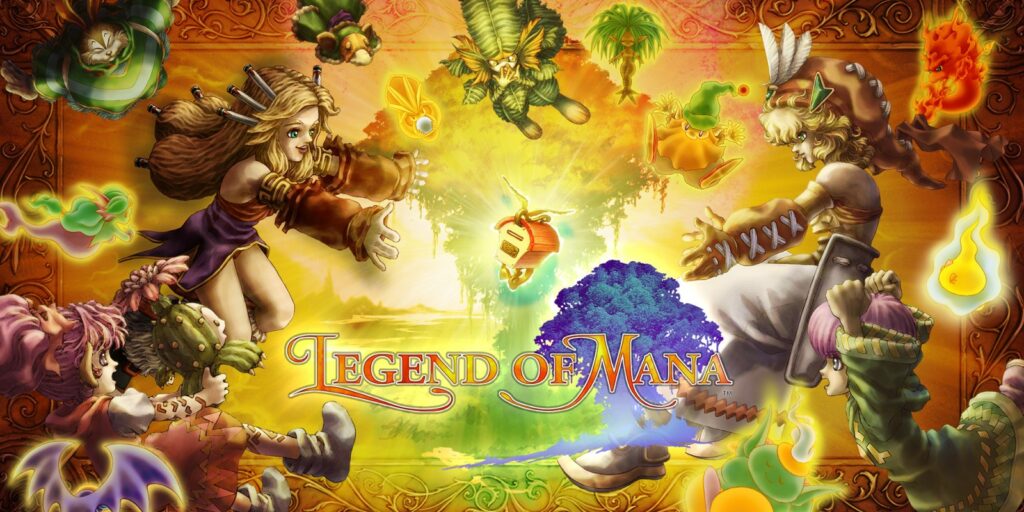

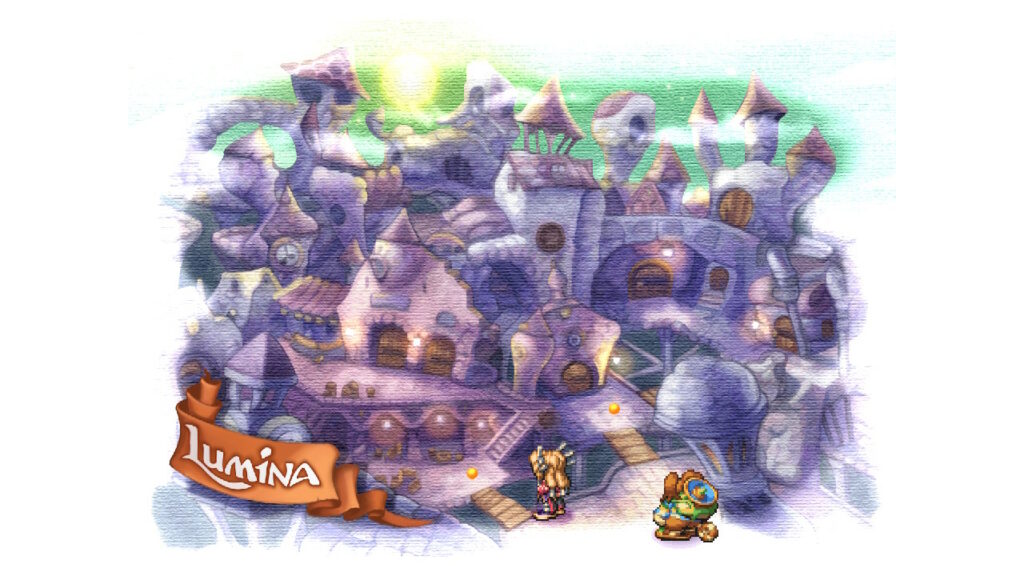
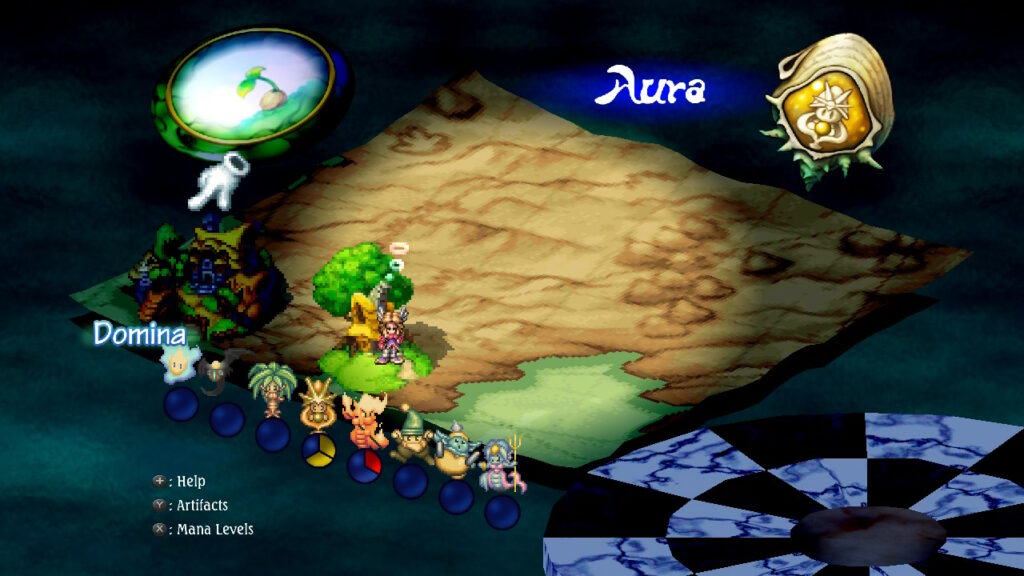
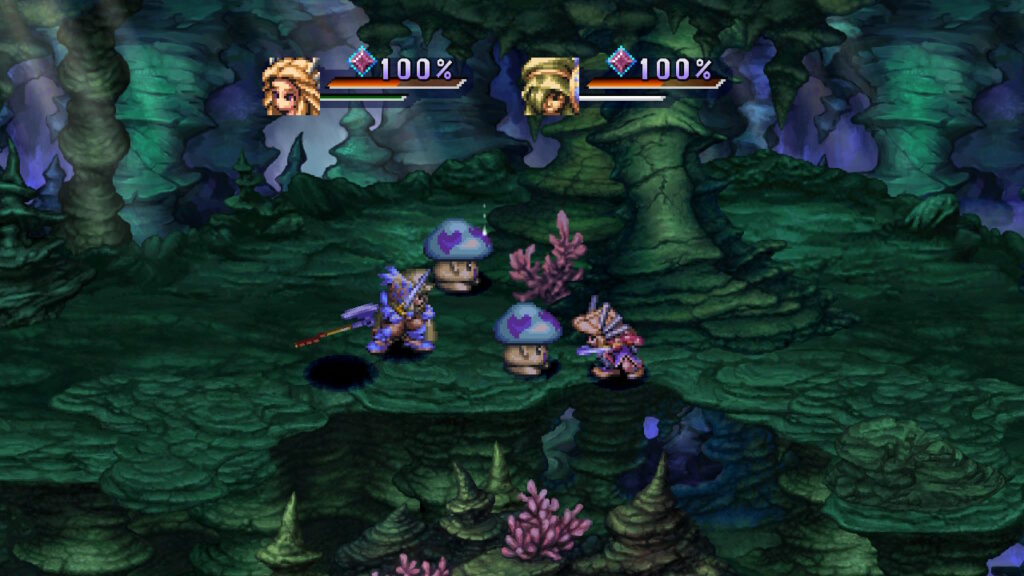
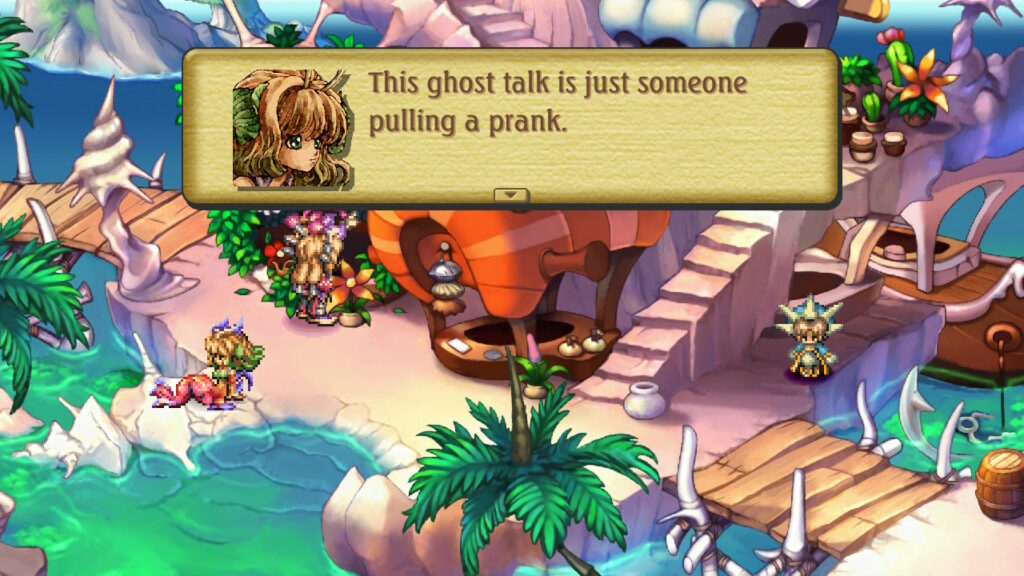

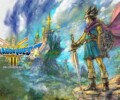
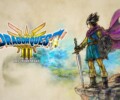

[…] couple of years ago, Shinichi Kameoka, whom you may know from his work on Square Enix’ Mana series as well as being Mother 3’s producer, decided to set up his own development studio, […]
[…] 15 years the Mana-series is getting a brand-new game. As Secret of Mana was a very beloved part in the series, the […]
[…] titles such as Legend of Mana and Trials of Mana, it’s clear that the Mana series is still loved by many. Square Enix […]